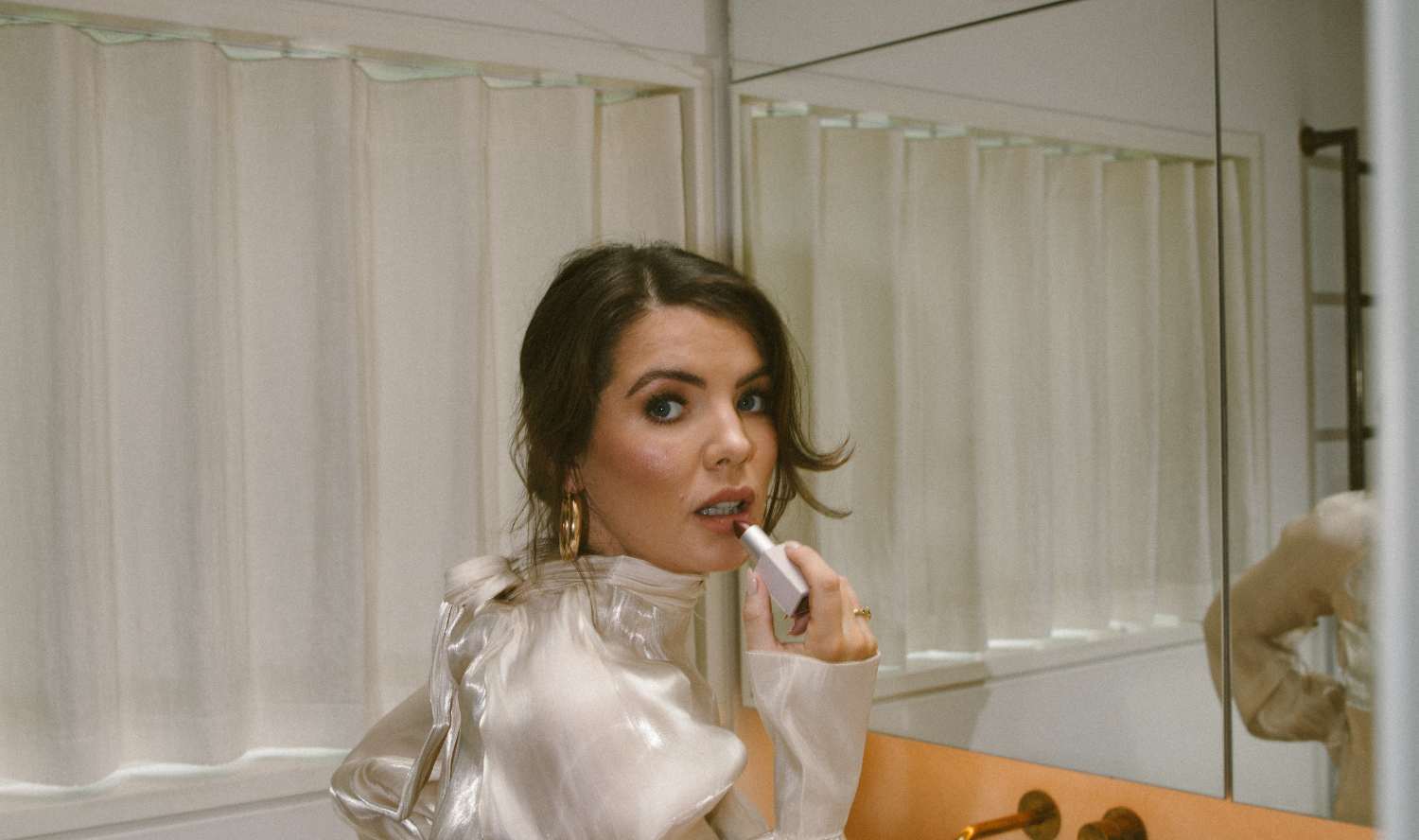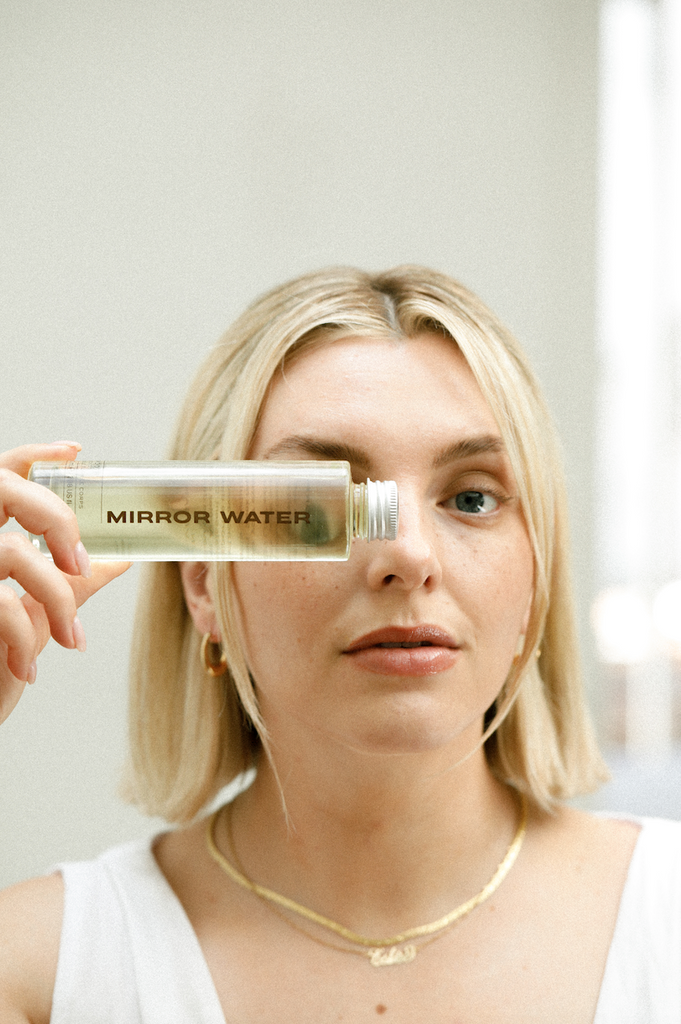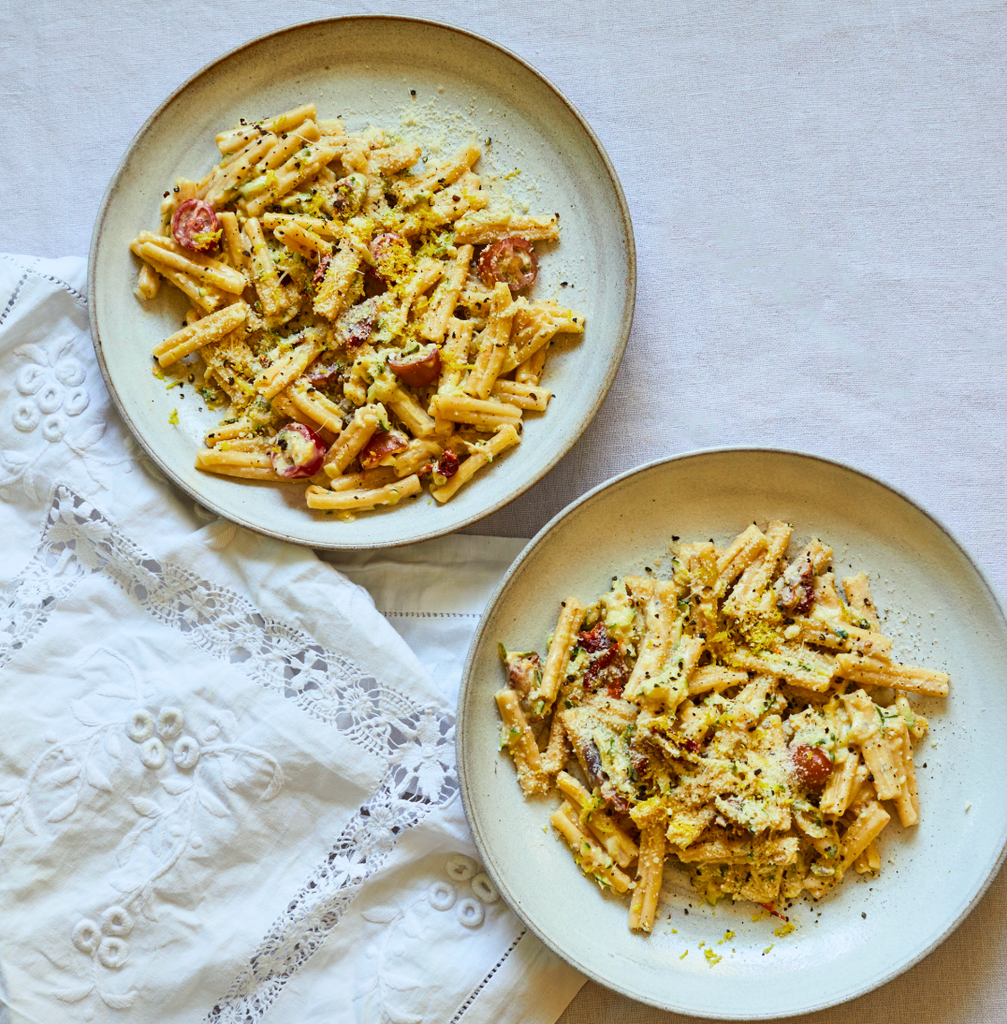The food in Blue Zones is deeply tied to local traditions, seasons, and simplicity. No one’s tracking their macros or blending beetroot into a protein smoothie. There are no fancy superfoods or ultra-specific rules. It’s intuitive, mostly plant-based, and shared with others.
But when you look across the different zones, a few clear nutritional patterns emerge.
1. Plants Come First
In every Blue Zone, plant-based foods are the foundation. Vegetables, fruits, legumes, whole grains and nuts dominate the plate. Animal products are more of a garnish than a main event.
Leafy greens, tomatoes, sweet potatoes, squash, garlic, onions, and seasonal fruits are staples. There’s no stress about getting your five-a-day — it just happens naturally because plants are centre stage.
Try this: Build your meals around vegetables, not protein. Start with what’s in season, and work from there. You’ll be eating more fibre, more antioxidants, and feeding your gut microbiome all at once.
2. Beans Are Big Business
In every Blue Zone, beans are a daily affair. Black beans, lentils, chickpeas, fava beans — these humble heroes are packed with protein, fibre, iron and folate. They’re affordable, versatile, and incredibly good for your heart.
In fact, Buettner’s research found that eating one cup of beans per day could add up to four years to your life. Not a bad return on investment.
Try this: Batch cook a pot of lentil soup, add chickpeas to salads, or go classic with a warming bean chilli.
3. Meat Is Minimal
Meat isn’t off the table entirely, but it’s eaten sparingly — maybe once or twice a week, and often in small portions. It’s usually high-quality and locally raised, not heavily processed or mass-produced.
Instead of relying on meat as the main source of protein, Blue Zone diets lean into beans, nuts and whole grains to do the heavy lifting.
Try this: Think of meat as a treat, not a default. Use it to flavour dishes, not dominate them. Or go meat-free during the week and save it for special weekend meals.
4. Minimal Processed Foods
Most of the food in Blue Zones is cooked at home from scratch. You won’t find freezer meals or additive-heavy snacks in the pantry. Ingredients are recognisable, whole, and fresh.
This isn’t about cutting carbs or demonising sugar. It’s about eating food as close to its natural state as possible. Think whole grains, sourdough bread, seasonal vegetables, and homemade stews.
Try this: Read ingredient labels. If there’s a long list of things you wouldn’t stock in your own kitchen, leave it on the shelf.
5. Healthy Fats Are Welcome
Olive oil is the go-to fat in many Blue Zones, especially in Ikaria and Sardinia. It’s rich in polyphenols, which reduce inflammation and support heart health. Nuts and seeds are also a regular feature.
Contrary to diet culture myths, healthy fats don’t make you fat — they make your meals satisfying, nourishing, and delicious.
Try this: Use extra virgin olive oil for dressings, dips and low-heat cooking. Snack on a small handful of almonds or walnuts during the day.
6. Alcohol, But in Moderation
Interestingly, moderate wine consumption (especially red wine) is common in some Blue Zones, particularly Sardinia and Ikaria. It’s usually consumed with meals and enjoyed socially — not guzzled at the end of a long week.
That said, it’s not essential. Loma Linda, the Californian Blue Zone, is alcohol-free due to religious beliefs, and they’re doing just fine longevity-wise.
Try this: If you drink, do it like a Blue Zoner — with food, with friends, and never to excess.
7. They Eat With Intention
How they eat matters just as much as what they eat. In Blue Zones:
- People eat slowly, and often with others
- Meals are cooked at home
- Eating stops when they’re around 80 percent full — a principle known as Hara Hachi Bu in Okinawa
- Food is a joyful, communal part of the day — not something rushed or distracted
There’s no binge-restrict cycle, no guilt, and no apps counting every bite.
Try this: Sit down at the table (yes, even for lunch). Put your phone away. Take your time and listen to your body.























